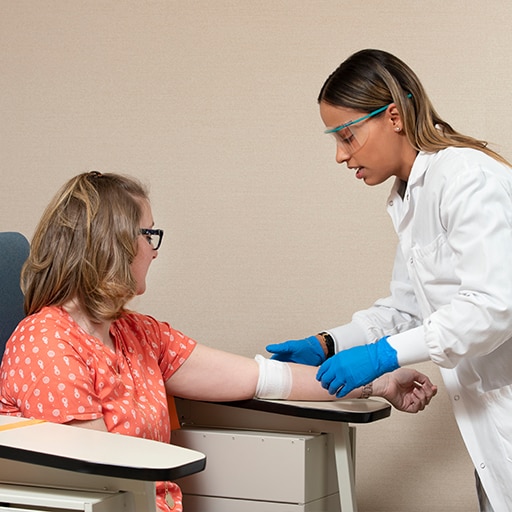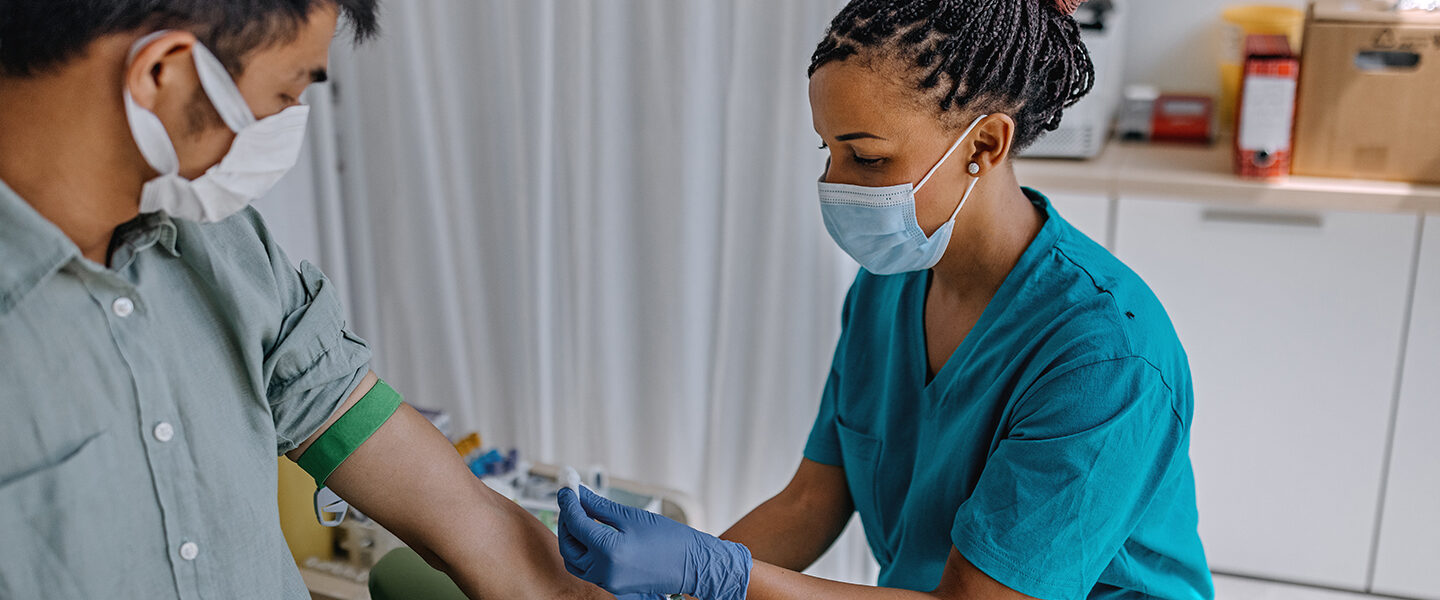Everything about Northeast Medical Institute - New Haven Campus Phlebotomy Course & Cna Class
Everything about Northeast Medical Institute - New Haven Campus Phlebotomy Course & Cna Class
Blog Article
The Facts About Northeast Medical Institute - New Haven Campus Phlebotomy Course & Cna Class Uncovered
Table of ContentsAll About Northeast Medical Institute - New Haven Campus Phlebotomy Course & Cna ClassMore About Northeast Medical Institute - New Haven Campus Phlebotomy Course & Cna ClassNortheast Medical Institute - New Haven Campus Phlebotomy Course & Cna Class Fundamentals ExplainedThe Best Strategy To Use For Northeast Medical Institute - New Haven Campus Phlebotomy Course & Cna Class8 Easy Facts About Northeast Medical Institute - New Haven Campus Phlebotomy Course & Cna Class ExplainedNortheast Medical Institute - New Haven Campus Phlebotomy Course & Cna Class - Questions
The use of such tools ought to be accompanied by various other infection avoidance and control techniques, and training in their usage.For settings with low sources, expense is a driving variable in procurement of safety-engineered tools - CNA Courses. Where safety-engineered devices are not available, experienced use a needle and syringe serves. Unexpected direct exposure and certain details about an incident need to be recorded in a register. Assistance services need to be advertised for those who go through unexpected direct exposure.
labelling); transport problems; interpretation of results for professional administration. In an outpatient division or facility, provide a devoted phlebotomy work area containing: a clean surface with 2 chairs (one for the phlebotomist and the various other for the client); a hand clean basin with soap, running water and paper towels; alcohol hand rub. In the blood-sampling space for an outpatient division or facility, provide a comfortable reclining sofa with an arm remainder.
The Single Strategy To Use For Northeast Medical Institute - New Haven Campus Phlebotomy Course & Cna Class
Make certain that the indications for blood tasting are plainly specified, either in a written procedure or in recorded guidelines (e.g. in a laboratory kind). Accumulate all the equipment needed for the procedure and area it within safe and simple reach on a tray or trolley, ensuring that all the items are clearly noticeable.
Where the client is grown-up and aware, adhere to the steps described below. Introduce yourself to the person, and ask the person to mention their full name. Inspect that the research laboratory form matches the individual's identity (i.e. match the client's information with the laboratory kind, to make sure exact recognition). Ask whether the license has allergies, fears or has ever before collapsed during previous shots or blood draws.
Make the individual comfortable in a supine position (when possible). Place a clean paper or towel under the patient's arm. Review the test to be executed (see Annex F) and acquire verbal authorization. The person has a right to refuse a test at any moment before the blood tasting, so it is very important to guarantee that the person has comprehended the procedure.
Unknown Facts About Northeast Medical Institute - New Haven Campus Phlebotomy Course & Cna Class
Prolong the client's arm and evaluate the antecubital fossa or lower arm. Locate a blood vessel of an excellent size that shows up, straight and clear. The representation in Section 2.3, shows common placements of the vessels, yet many variations are feasible. The mean cubital blood vessel lies in between muscles and is normally one of the most simple to puncture.
DO NOT place the needle where blood vessels are diverting, because this increases the possibility of a haematoma. The capillary must show up without using the tourniquet. Finding the capillary will assist in determining the appropriate size of needle. Use the tourniquet regarding 45 finger widths over the venepuncture site and re-examine the blood vessel.
Haemolysis, contamination and presence of intravenous fluid and medication can all alter the outcomes (39. Nursing personnel and physicians might access central venous lines for samplings following methods. Samplings from main lines lug a threat of contamination or incorrect laboratory examination results. It is appropriate, yet not ideal, to draw blood samplings when first introducing an in-dwelling venous device, before connecting the cannula to the intravenous liquids.
Some Ideas on Northeast Medical Institute - New Haven Campus Phlebotomy Course & Cna Class You Should Know
Failure to allow enough get in touch with time boosts the threat of contamination. DO NOT touch the cleaned site; in specific, DO NOT place a finger over the blood vessel to lead the shaft of the subjected needle.
Ask the person to create a fist so the capillaries are much more popular. Enter the blood vessel swiftly at a 30 degree angle or less, and remain to introduce the needle along the vein at the easiest angle of entry - Phlebotomy Courses. When enough blood has been collected, release the tourniquet prior to withdrawing the needle
Things about Northeast Medical Institute - New Haven Campus Phlebotomy Course & Cna Class
Take out the needle carefully and apply mild stress to the site with a clean gauze or completely dry cotton-wool sphere. useful source Ask the individual to hold the gauze or cotton wool in area, with the arm extended and elevated. Ask the patient NOT to flex the arm, because doing so creates a haematoma.

The Definitive Guide to Northeast Medical Institute - New Haven Campus Phlebotomy Course & Cna Class
Where possible, keep the tubes in a shelf and relocate the shelf in the direction of you - https://hub.docker.com/u/northeastmed. If the sample tube does not have a rubber stopper, infuse extremely gradually into the tube as minimizing the stress and speed made use of to move the sampling lowers the threat of haemolysis.

Report this page